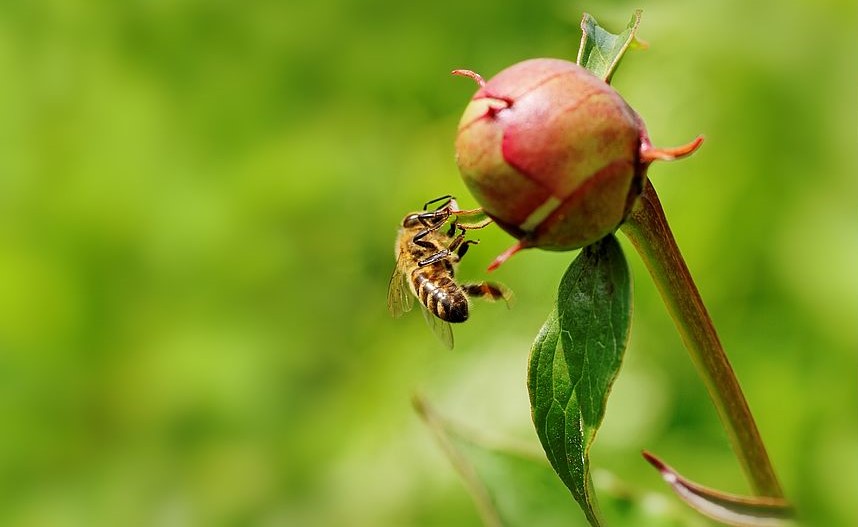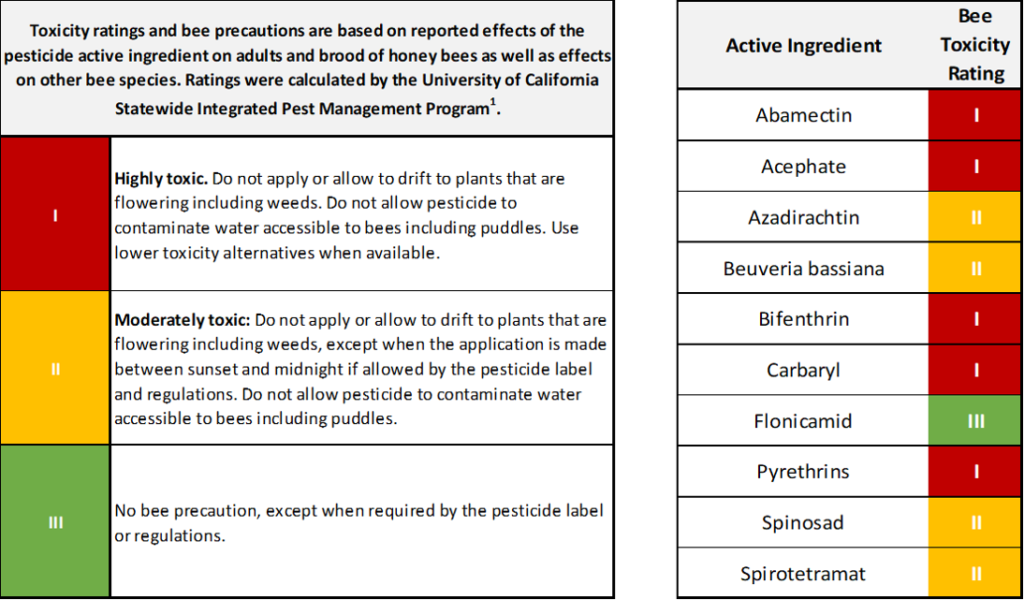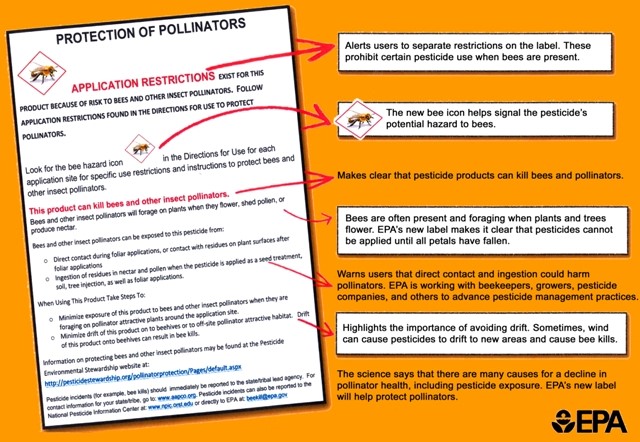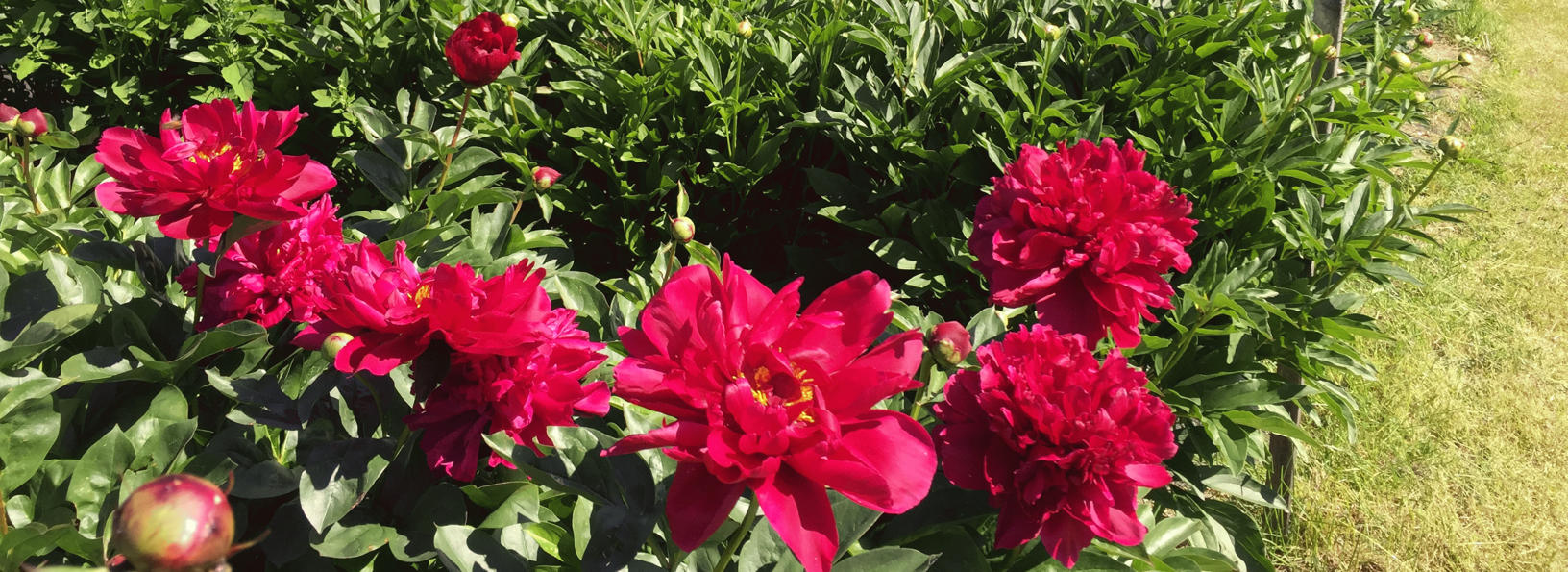Best management practices to reduce bee exposure to pesticides in commercial peonies

Alaska is home to over 100 native species of bees and one livestock species, the honey bee. Many bees visit unopened peony buds to sip the nectar that exudes from the buds. Bees also visit opened flowers to collect pollen, especially the single bloom varieties of peonies. Many pesticides intended to control pestiferous insects have potential to cause harm to pollinators as well.
Below are some ways to reduce risk to pollinators when applying pesticides:
- Scout peony crop early and often to catch pest problems as they arise (as outlined in Module 3).
- Incorporate non-chemical pest control techniques into your management toolbox (as outlined in Module 4).
- Choose less toxic pesticide options, especially during budding and flowering when bees are actively visiting peony fields – see table below for bee toxicity ratings for some commonly used pesticides, and replace higher toxicity products with lower toxicity products when feasible.
- Apply pesticides when bees are less active, such as late at night, to allow time for sprays to dry before bees are foraging.
- Don’t allow pesticides to drift to nearby flowers in bloom.
- Read the pesticide label carefully before each application and follow all label directions. The label may have specific instructions for reducing risk to bees.
- Be aware that pollinators may be visiting peony buds before they open to sip nectar off the buds, and extend label precautions for applying to flowers in bloom to times when buds are being visiting by foraging bees.
- Provide other, non-crop flowering plants for bees to forage on.
Toxicity of pesticide active ingredients to bees

Watch for the bee hazard icon on pesticide labels

Watch for the bee hazard icon and/or bee precaution information on the pesticide label, some products have specific precautions for protecting pollinators from applications of that particular pesticide product. Read the label carefully before purchasing and before applying any pesticide. Be sure to follow all label directions — remember, the label is the law.
Resources
Bee precaution and toxicity ratings from the University of California Statewide IPM Program
Minnesota Department of Agriculture: Pesticides and Bee Toxicity
Oregon State University: How to reduce bee poisoning from pesticides
